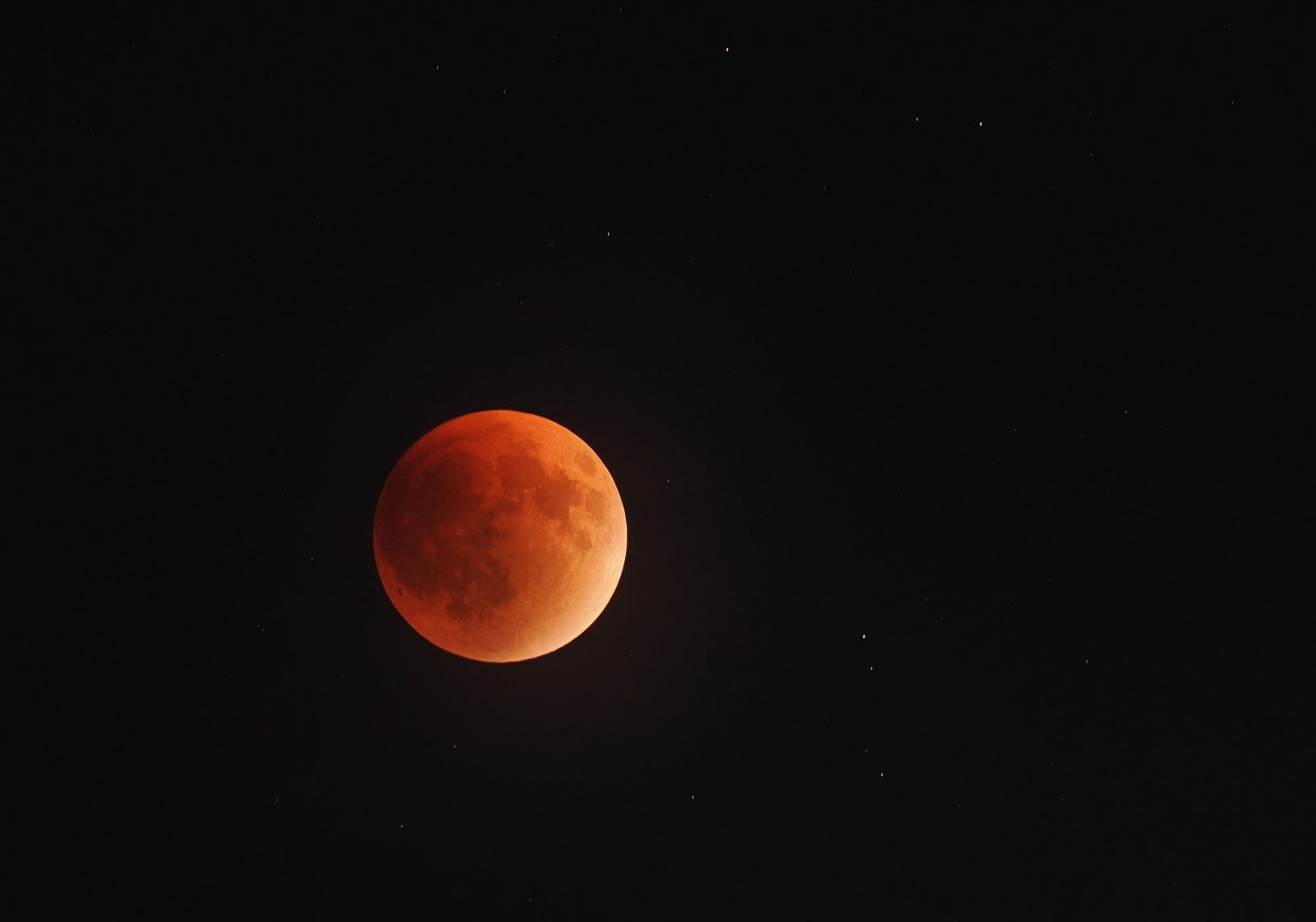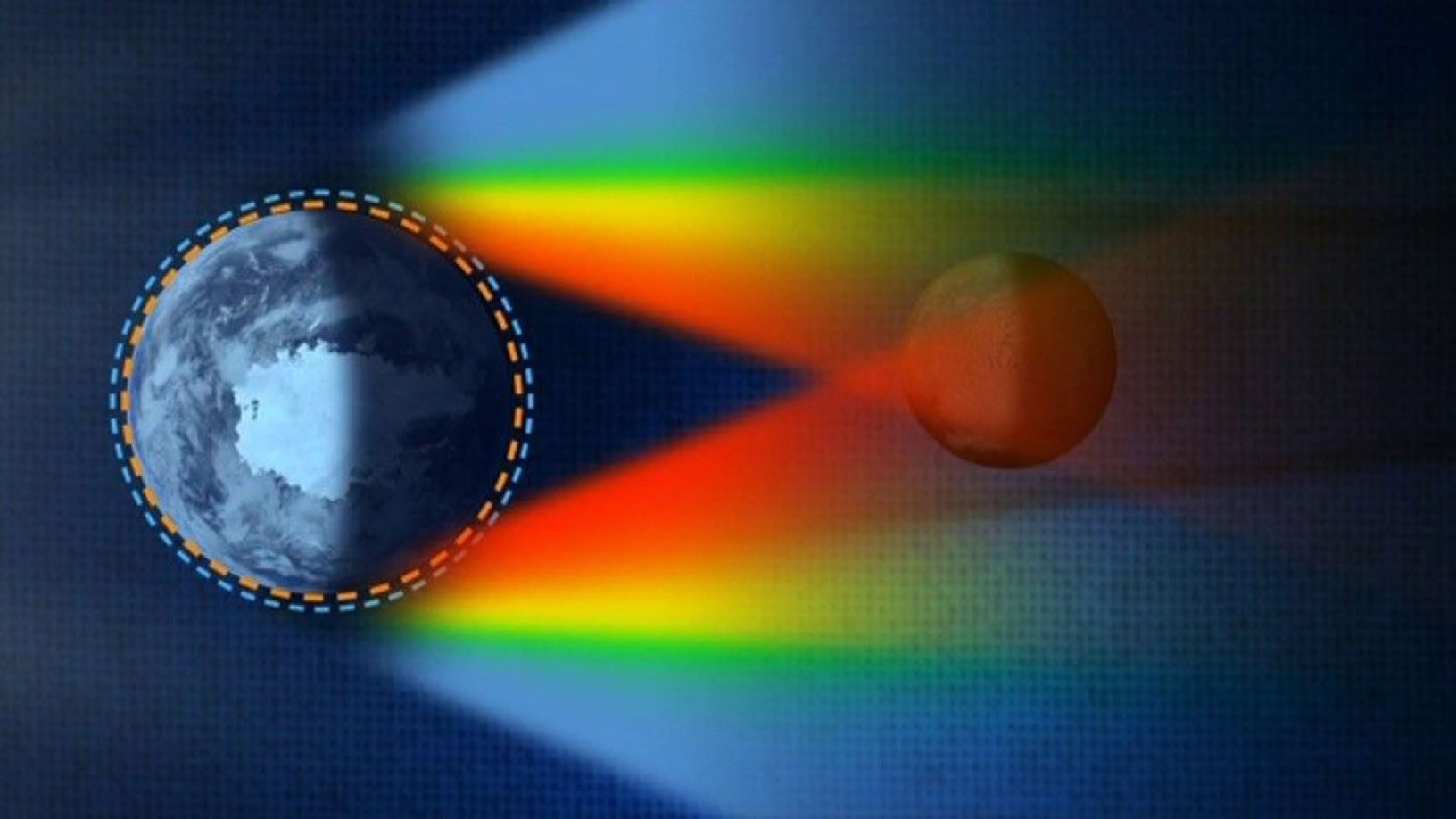by Florentina Pîslan, PhD student
On the night of September 7–8, 2025, the longest total lunar eclipse in recent decades took place. More precisely, the phenomenon lasted 82 minutes and could be observed by about 85% of the world’s population, including from Romania!

Credit imagine: Maximilian Teodorescu, cercetător la Institutul de Științe Spațiale - filiala INFLPR
A total lunar eclipse occurs when, during its orbit around Earth, the Moon passes behind the planet, causing Earth to completely shadow it. The only light that still reaches the Moon is that which first passes through Earth’s atmosphere, which filters the wavelengths of sunlight. As a result, only the longer wavelengths, such as red and orange, reach the Moon’s surface, while the shorter wavelengths, such as blue and violet, scatter more easily and do not reach it. Consequently, during a total eclipse, the Moon appears reddish, which is why it is often called a ‘Blood Moon.’

Sursă imagine: NASA Goddard Space Flight Center/Scientific Visualization Studio